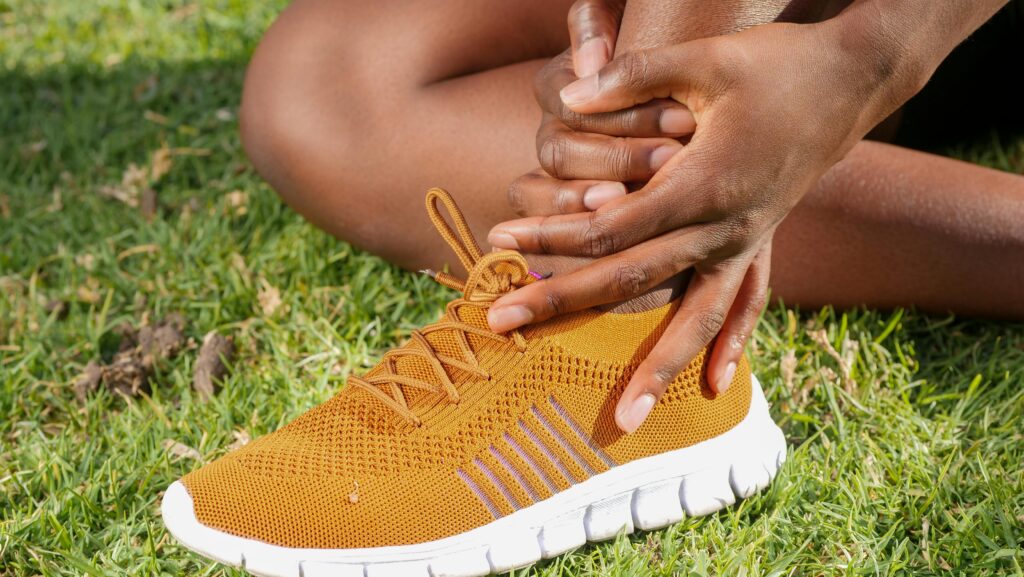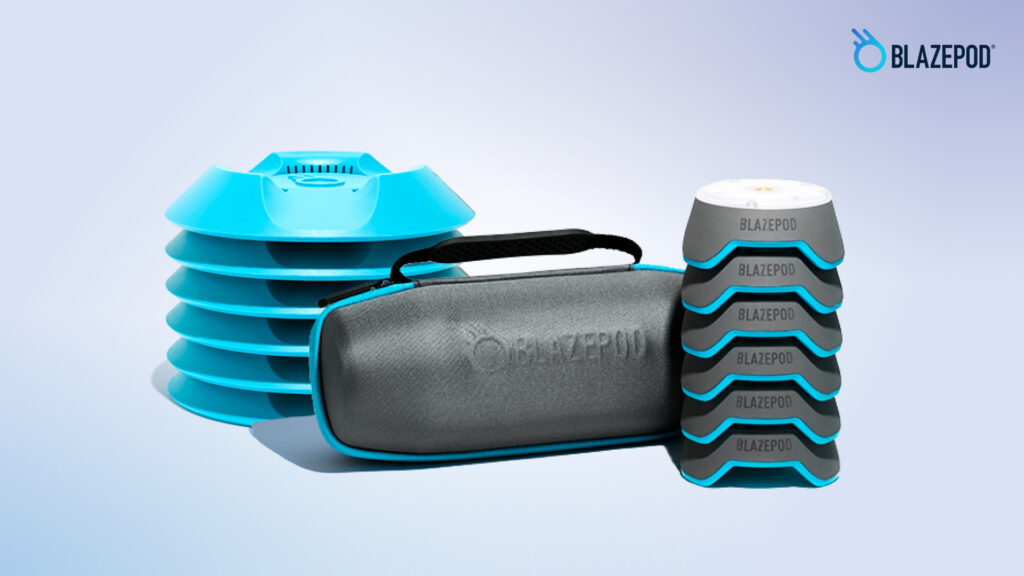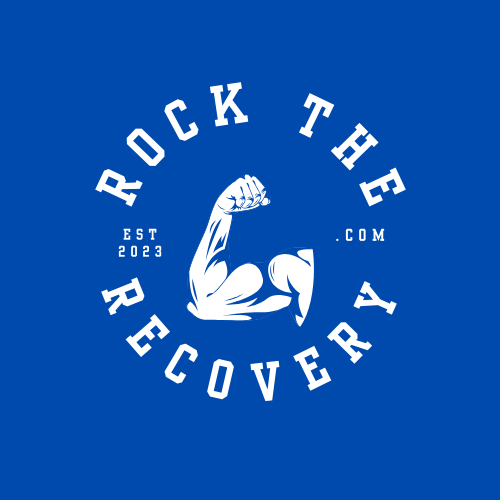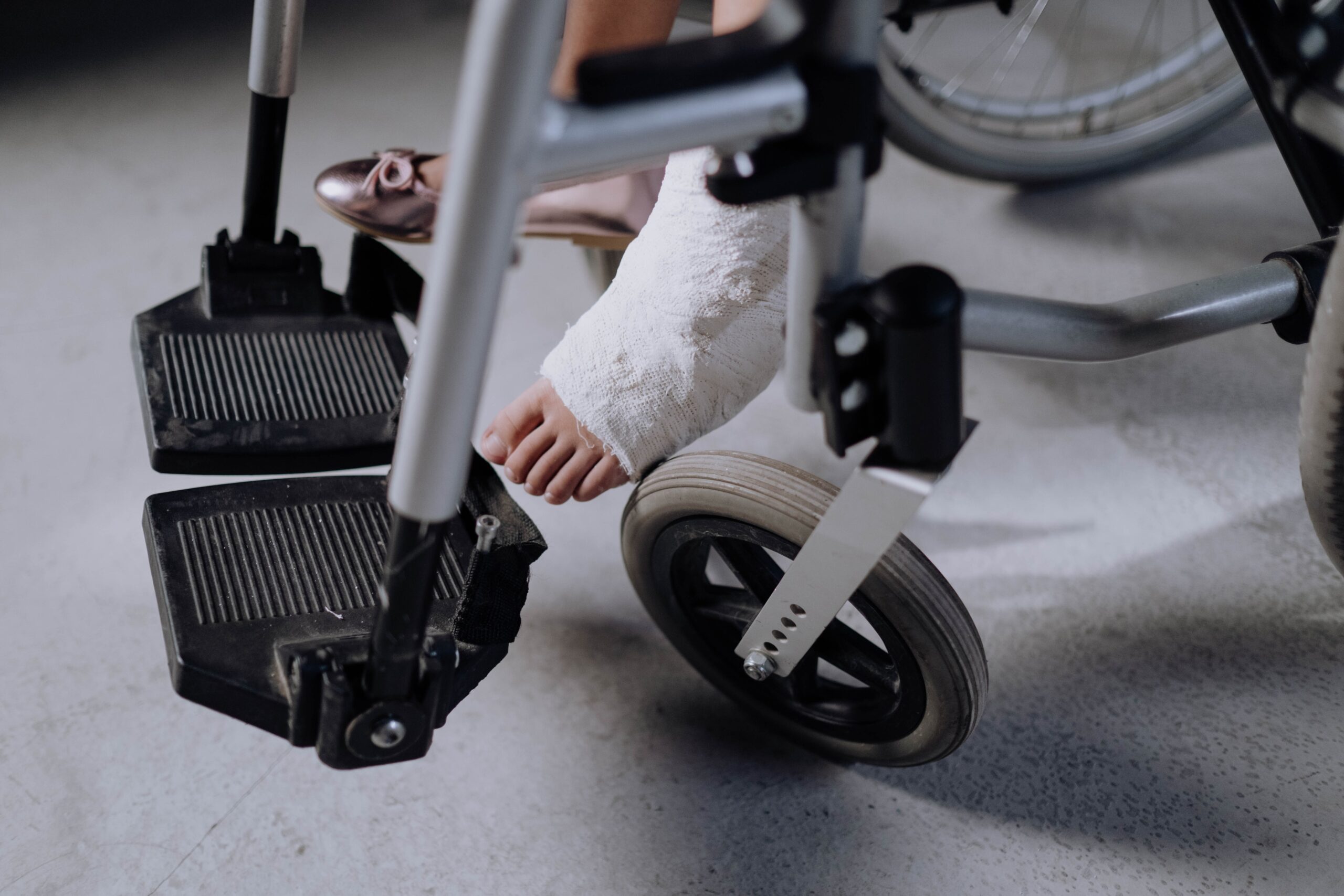A typically active 72-year-old female comes into your clinic, hobbling along with a hi tide boot on. She had a partial Achilles tear, and returned home from rehab, then homecare therapy. A long time coming for her she comes in with a front wheeled walker and is eager to get started. Today is the first day she gets to take the boot off. She expects to get up and walk without the device as she used to prior to her ankle injury. It quickly becomes your responsibility to educate this patient that a great challenge in her recovery is still ahead of her. Many Therapists are right in their wheelhouse with this patient as we should be. You’ve regained full PROM off the edge of the mat table. But what happens after you get past the 4-way Therapy band exercises, rocker boards, calf raises, etc. and she is still not walking appropriately? The patient is now 10 weeks out and is getting frustrated. She is still using her walker because of a significant limp in her walking. Read on for the solution!
Why am I not Getting Anywhere?
You’ve noted what appears to be difficulty with progression from midstance to toe off. This is greatly affecting their gait symmetry with what appears to be a hard stop with progression of the lower leg over the foot. The patient is still ambulating in a step to gait pattern because of this and having pain in the dorsum of her foot/ankle. The seated ROM is good, and she is progressing well through the typical calf raise sequencing you use. Single leg stance balance is also steadily improving. So, what is holding up her progress?
We can rule out soft tissue issues mostly as we noted full PROM unweighted minus a slight pain at end range dorsiflexion. Achilles tendon and ligamentous length are good. You’ve ruled out any knee or hip issues, anxiety issues, or neuro issues that could cause this. Further subjective info: your patient is still struggling to descend stairs with her non injured foot first.

Ankle Kinematics
Ankle dorsiflexion primarily comes from the talocrural joint. Made up from the tibia/fibula above and the talus below, the joint is a significant load bearing location in the body. During ambulation, the joint takes 5x the patient’s body weight, with greater than 80% of the load travelling up through the tibia or medial portion of the joint. Almost a true hinge joint, the medial and lateral malleolus prevent any significant lateral deviation of the joint.
Now here we start getting to the answer you have been waiting for. Your patient is waiting after all. During the gait cycle the moment arm changes 3 times! Initially upon heel strike, your ankle dorsiflexors are slowly lowering your foot the ground. Once fixed on the ground now your tibia begins to translate over the foot. And finally with contraction of the gastroc your foot once again begins to plantarflex around the tibia at toe off.

During the second phase the tibia is translating over the foot and is known as mid stance. The tib/fib is translating over the talus anteriorly with significant compressive or load bearing forces. The foot is fixed on the floor, pronating, Tibia is internally rotating. This is at the moment your patient feels a pinching pain, and a hard stop. She has compensated by avoiding the final roughly 40% of the stance phase, and therefore is not likely to experience a full recovery or will enlist avoidance patterns.
What’s the Diagnosis?
What you have here is a situation where when weight bearing/compressive loads are on the ankle; the joint is not allowed to move through full ROM like it did non weight bearing. Your patient is fine on the rocker board because she has learned a few compensatory tricks. These include subtly putting all her weight through her other foot and her hands, and when you look closer her hips are sticking back when she dorsiflexes which is basically increasing the angle of the tibia on the foot when the rocker board goes back. Or maybe her injured heel comes up off the board. Ah how the body figures out a way.
This lack of ROM could be considered a form of talocrural impingement. Often caused by either bony formation/bone spurs in the joint itself, swelling, ankle sprains or irritation to the anterior aspects of the joint capsule. All of which seem possible after a fall causing an injury. Let’s hope that imaging ruled out spurring or sprains. So, the more likely cause in this case is capsular tightness, and or joint swelling which is throwing off the joint kinematics of the ankle causing a pinching pain at roughly 0-2 degrees of dorsiflexion when standing.
What’s the Treatment?
The first place to start is back on the mat table. Palpation of the TC joint, anterolateral ligaments, maybe the malleoli? Next, I would investigate joint play in non-weight bearing of both rear and forefoot. Mobilizations including PA mobs, or distraction could be helpful in improving the impingement on their own. While doing so also assess the subtalar joint down to the toes. Assess standing without shoes/socks on and check for high or low arches. Check ability to supinate/pronate the foot in standing. Modalities can be used to help decrease inflammation to the anterior joint capsule might also be beneficial.
Next once things are calmer in the joint you could consider mobilization with movement. While standing in weight bearing a mobilization to the distal tibia on a fixed foot. This is a great way to improve tibial movement during weight bearing. This progression should get the ambulation to toe off and get the recovery back on track. Your job is not done however!
Take your strengthening exercises to a higher level:
Now this next progression of treatment should come with or without impingement issues. What is often seen at this phase of treating the ankle injury are cookie cutter and not covering everything the patient needs. We are great at providing strengthening exercises that incorporate foot movement over a semi static tib/fib (rocker boards/calf raises). Then we provide static balance exercises in neutral (Airex pad). These are all great and important, however, this entire time we have been treating the first phase and last phase of gait.
We have completely missed the middle phase where the foot is fixed, and the tib/fib are moving. In addition to ambulation, this is actually a much more functionally utilized joint movement at the ankle. The foot is fixed on the ground, and you are bending, squatting, reaching, stepping up/down, standing up, the list goes on. These types of exercises will allow you to promote full recovery for your patient’s strength. They are a great progressive/intermediate step toward active adults or young athletes looking to return to sport. A video progression of some of these exercises will be up and available in the upcoming weeks.
Wrap up:
By eliminating any impingement issues, and incorporating these new exercises into your ankle routines, you have set up your patient for success! Please follow us on Facebook, LinkedIn or Twitter to hear about more informative Therapy articles.
references:

